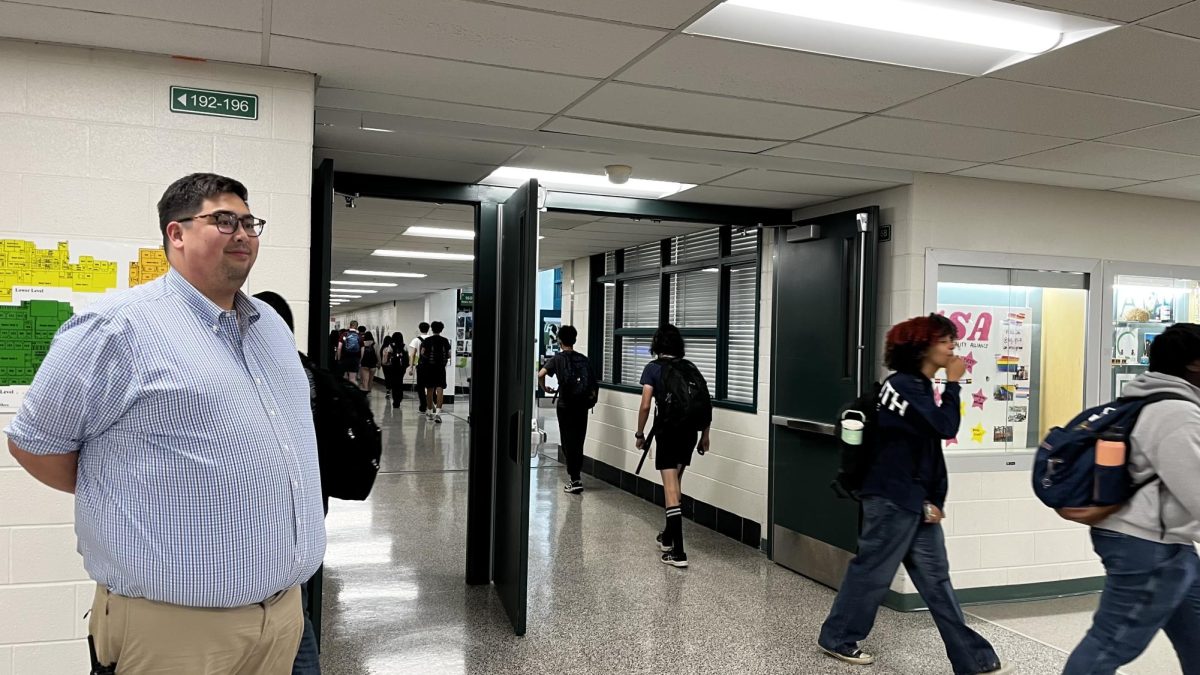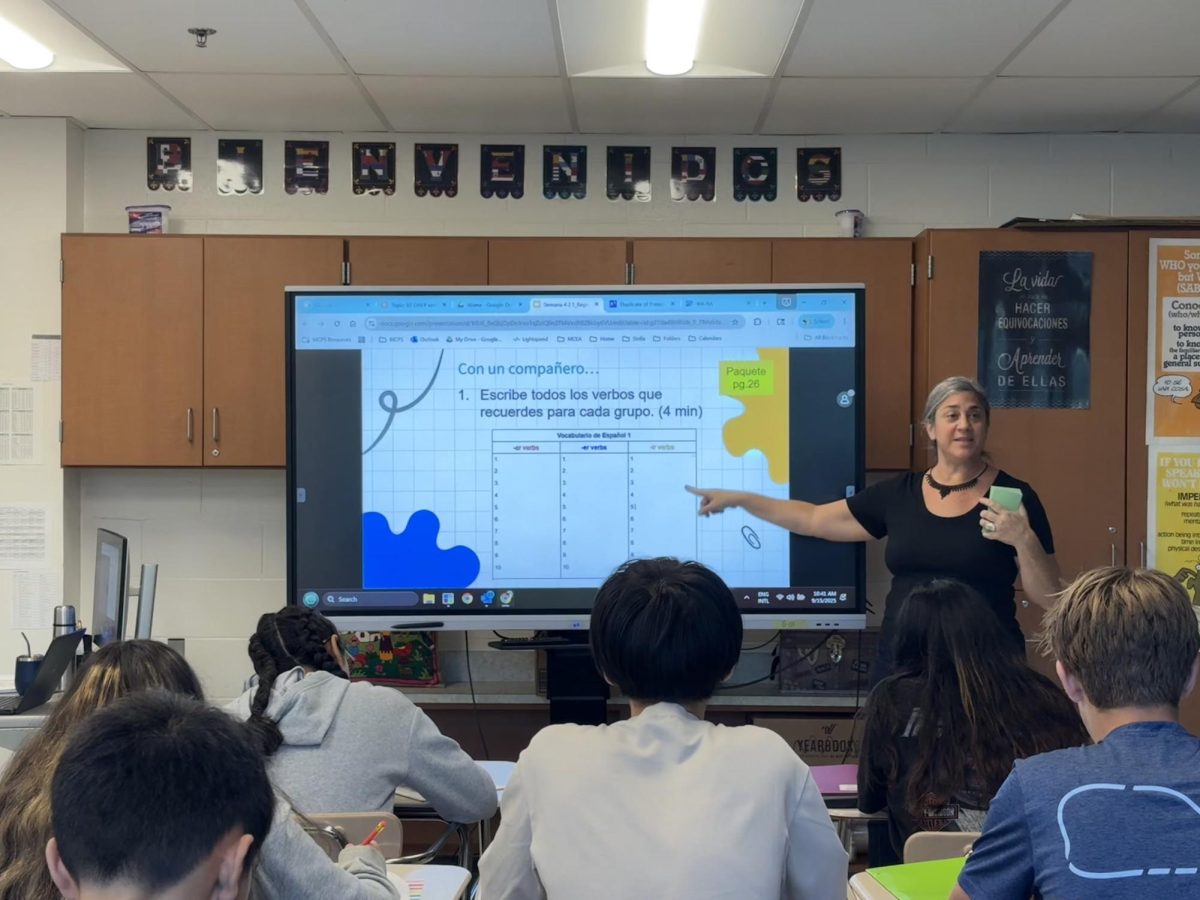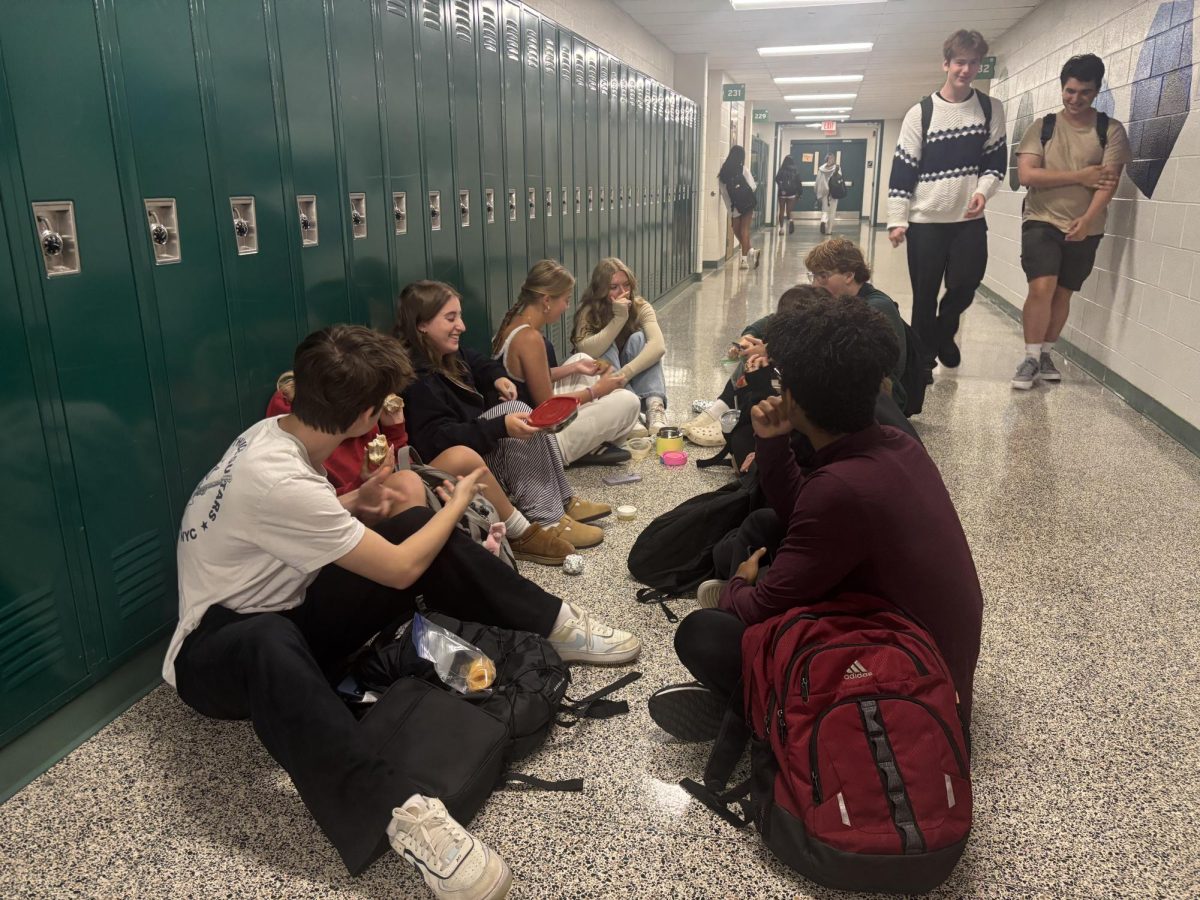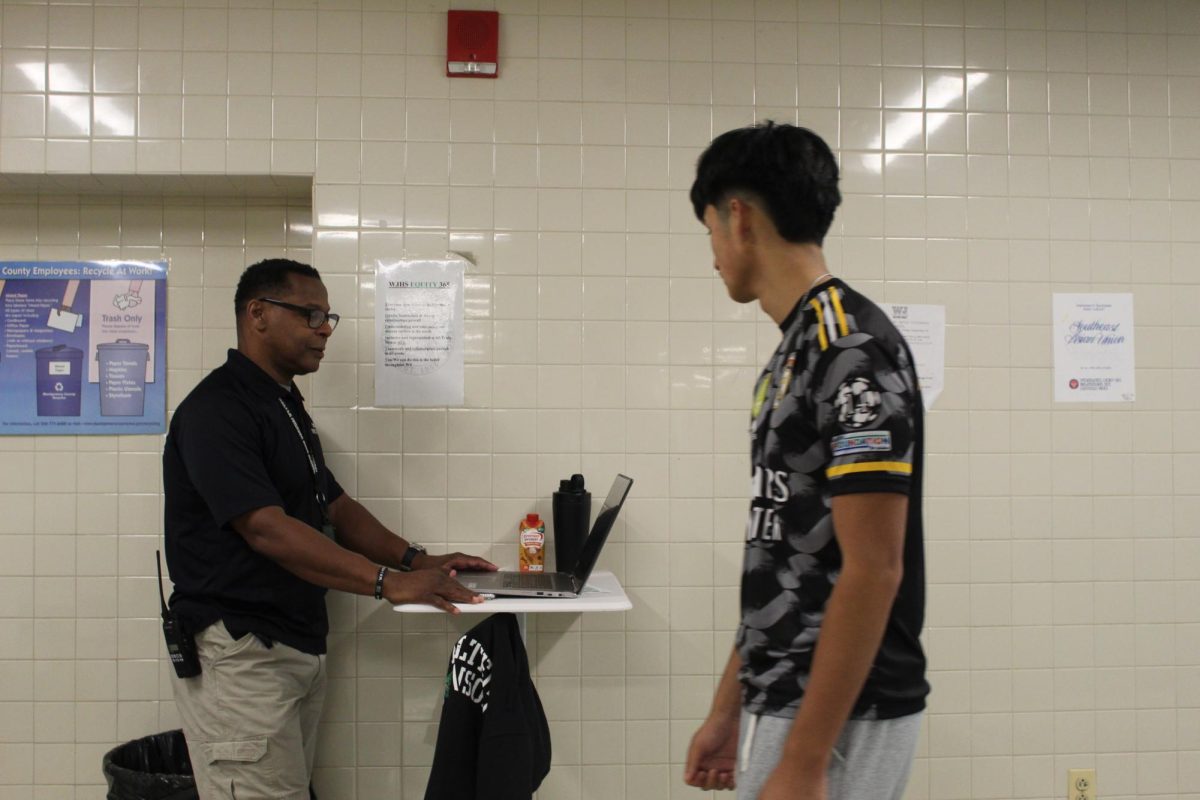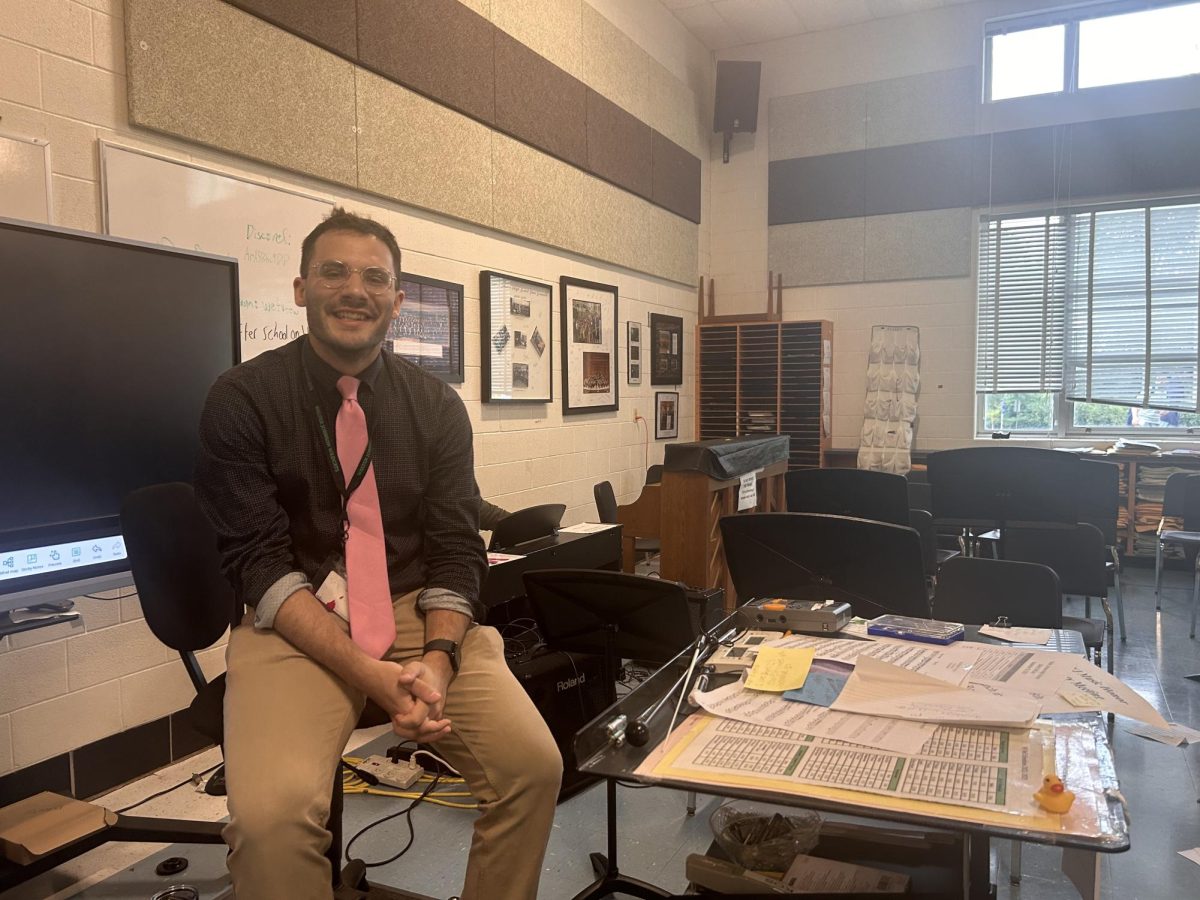Television and media depict high school as a disconcerting environment, where everyone is separated between distinct cliques and labeled based on social stereotypes. While there is some truth in these stereotypes, the implication that some groups are better than others is a fabricated concept in movies and TV shows. Whether it be through a club, sports team or foreign language, students create social groups within school, where they can feel welcomed and have a sense of belonging.
High school can be some of the most difficult but transformative years of a person’s life. It is often a period where teenagers find themselves and begin to develop their goals and perspectives. Along with changing interests, the social lives of adolescents often change as well.
“At the start, like freshman year, people kept their friend groups mostly the same as in middle school. It evolves over time. People change and realize they don’t like people,” junior Julia Puglisa said.
But as time goes on and people decide more definitively what they want in a friend group, with less emphasis on fulfilling the status quo, friendships are often gained and lost.
“For me, it was really hard for me to leave a toxic friend group with this one girl. She would talk about a whole bunch of people, she would act like she’s better than everybody. She would just put other people down. I found it kind of hard to stop talking to her, but I finally did,” senior Raina Pinto said.
Not only do many teens become more assertive in friendships with age, but many also begin gravitating towards people who share similar interests as their passions develop and grow.
“I think I’m in the creative artsy ‘clique’ because most of my friends come from theater and classes like creative writing and show choir,” sophomore Maddy Moses said.
As these “cliques” begin to form more intensely and people further associate themselves solidly with one like-minded circle of individuals, it can become increasingly difficult for those who may not have that group to feel included in the community. Students feel that without their small cohort, they would be pretty out of their element navigating the halls everyday.
“As long as you have a social group, you’re fine. I’m comfortable because I have friends,” junior Kathleen Winter said.
While relationships are formed through shared sports, clubs, and interests overall, the concept that opposites attract often holds true.
“Surprisingly, my friends are different from me; they have different interests. We bond over differences. If one person has one interest, the other person also becomes interested in it,” junior Melissa Cabrera said.
Contradicting the negative connotations of social circles and cliques, students appreciate the feeling of belonging drawn from their experiences in high school friend groups.
Underclassmen nervous about what high school might hold socially may want to consider exploring outside of their comfort zone.
“Join a club even if it’s not something you know you’re passionate about, join it because it might give you a passion for something. Clubs have made high school so much better, I really don’t think that I would be the same person or have the friends I do today without them,” senior Andres Zalowitz said.







